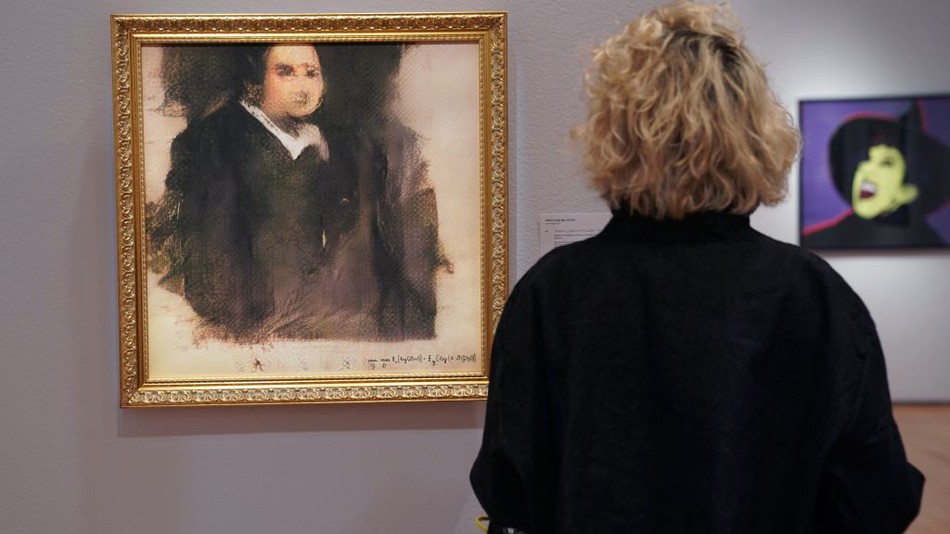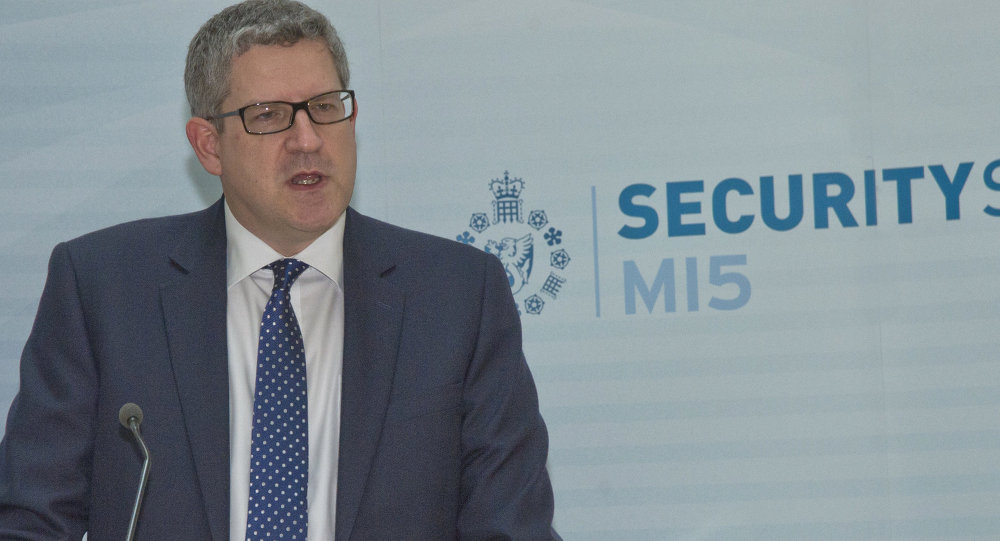
Christie’s has sold its first piece of AI art, a canvas named the Portrait of Edmond Belamy, for $432,500. The sale is unusual not only as a first for the 252-year-old auction house, but because the expected price for the print was between $7,000 and $10,000.
The artwork was created by a collective named Obvious. The three members of Obvious, a trio of 25-year-old French students, used a type of machine learning algorithm known as a GAN (generative adversarial network) to create the picture. The network was trained on a dataset of historical portraits, and then it tried to create one of its own. Obvious printed the image, framed it, and signed it with part of the GAN’s algorithm.
However, as The Verge reported earlier this week, the Belamy print has been the subject of controversy within the AI art world. Obvious admitted to using code from another AI artist, 19-year-old Robbie Barrat, to create the print. It’s not clear how much was borrowed, but experts say the amount was probably substantial. It’s also not clear if Barrat can make a claim for ownership of the artwork as his code was shared under an open-source license.
In a press statement:
“We would like to thank the A.I. community, especially to those who have been pioneering the use of this new technology, including Ian Goodfellow, the creator of the GAN algorithm, who inspired the name of the Famille de Belamy series, and artist Robbie Barrat, who has been a great influence for us. It is an exciting moment and our hope is that the spotlight on this sale will bring forward the amazing work that our predecessors and colleagues have been producing. We are grateful to Christie’s for opening up this dialogue in the art community and honored to have been a part of this global conversation about the impact of this new technology in the creation of art.”













